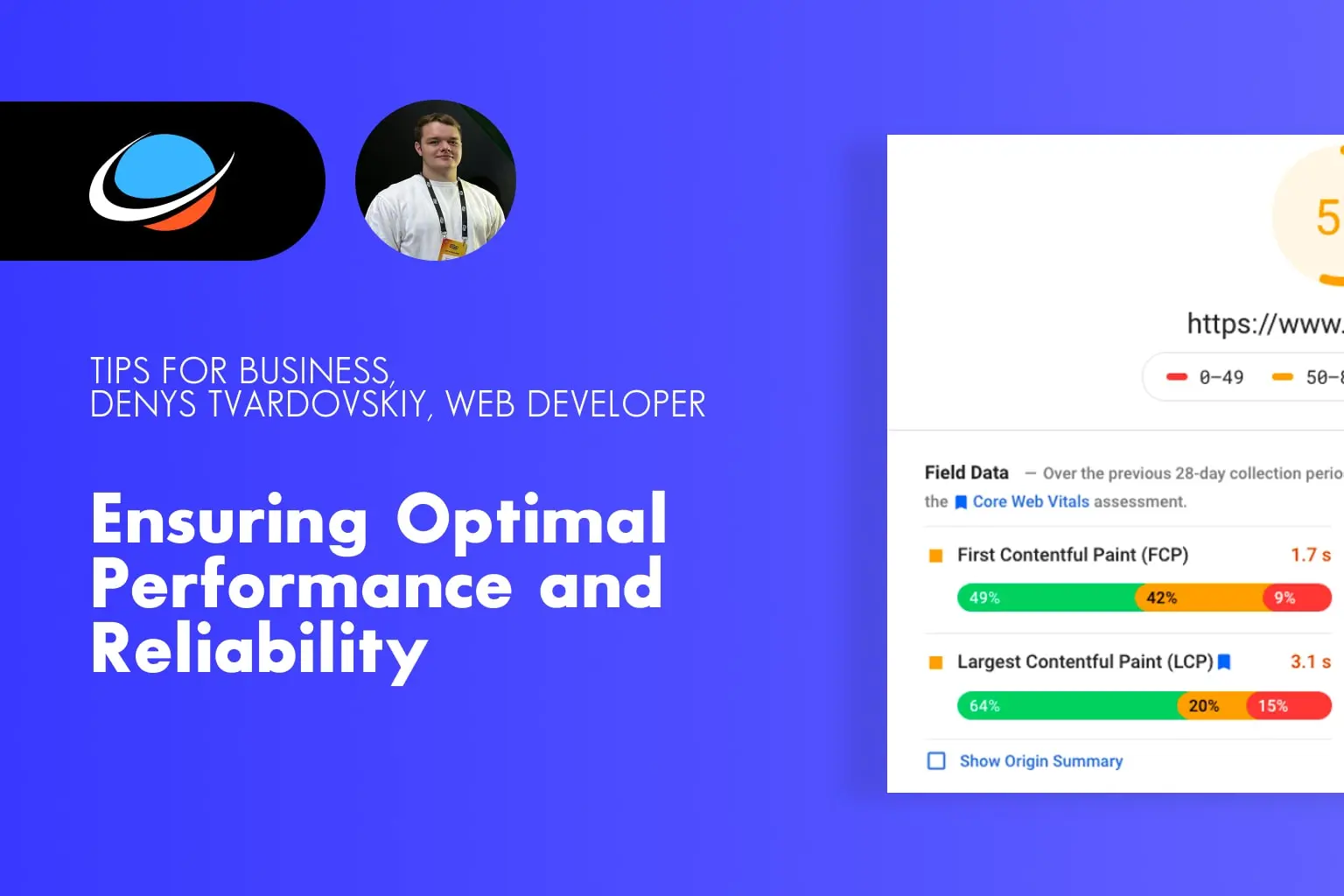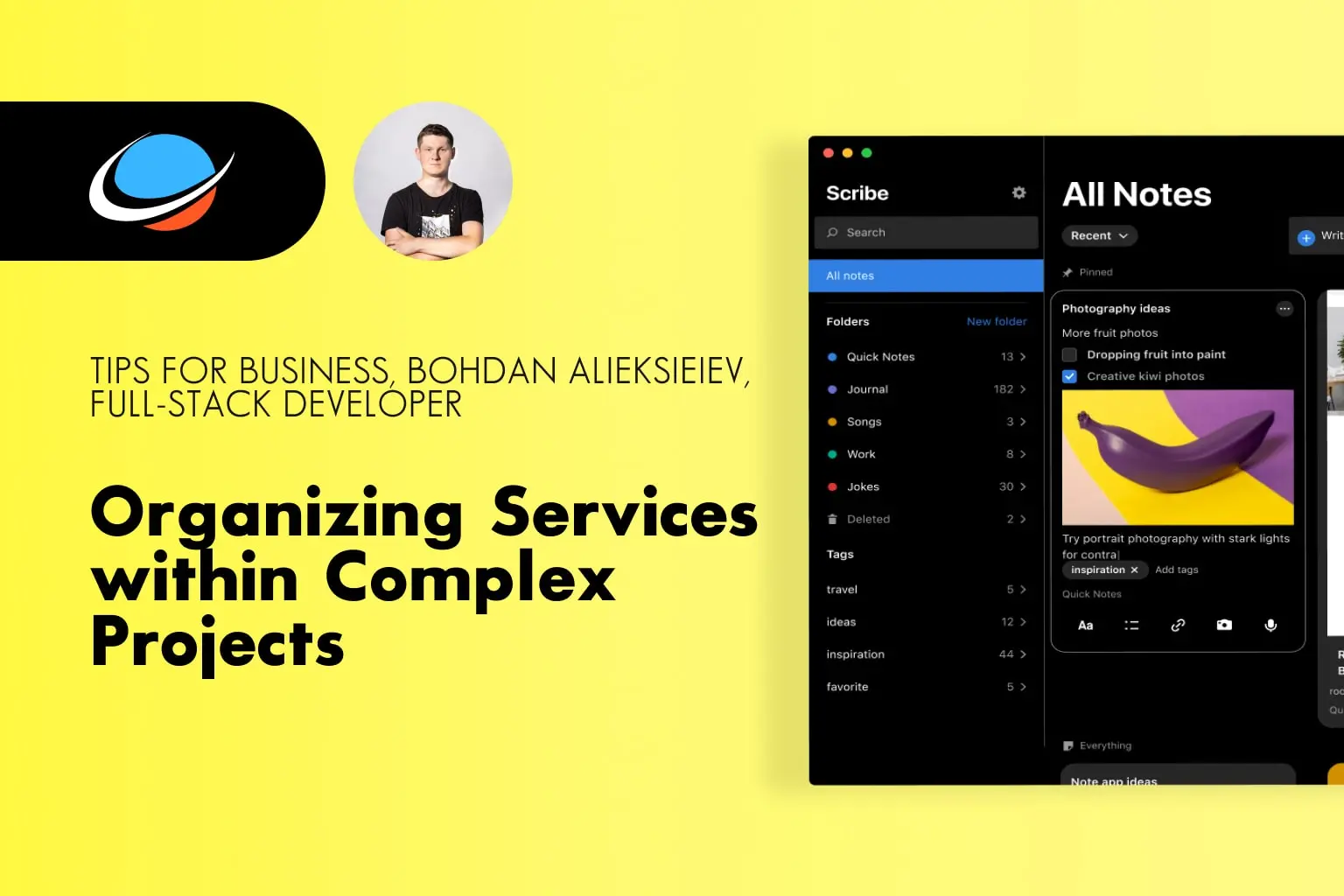he realm of e-commerce continues to thrive, and as a business owner, you're well aware of the pivotal role that smooth and efficient payment processing plays in the success of your online store or new e-commerce venture. The integration of payment systems is a fundamental cornerstone in today's digital landscape.
Payment processing providers are instrumental in safeguarding the security, speed, and reliability of all financial transactions within your online store. Their scope encompasses credit card processing, wire transfers, mobile payments, and various other payment modes. However, the process of integrating payment systems and ensuring their seamless operation can be a formidable task.
This article delves into the essential facets of integrating a flawless payment system into your e-commerce enterprise. It's imperative to select a trustworthy provider that aligns with your specific needs to ensure a hassle-free and secure integration. Additionally, optimizing the payment process for customer convenience and acceptability is equally critical.
We guarantee that, after perusing this article, you'll uncover a straightforward approach to incorporating payment systems into your e-commerce venture, ultimately boosting profitability and reinforcing security while enhancing customer satisfaction.
In the world of e-commerce, seamless and secure payment processing is crucial for customer satisfaction and business success. Integrating payment providers into your e-commerce project can be a complex task, but with the right approach, it can be simplified. Here are some key steps to guide you through the process:
1. Comprehend Your Requirements
In today's e-commerce landscape, selecting the appropriate payment provider is pivotal for the triumph of your online store or new e-commerce enterprise. Before contemplating integration costs, it's crucial to delve into your alternatives and unique requirements. This article will elucidate why understanding these prerequisites is a fundamental step before embarking on the payment processor integration journey.
Research and cherry-pick payment providers that harmonize with your needs. Factors like reputation, dependability, security, ease of integration, and available features should be considered. Notable payment providers such as PayPal, Stripe, Braintree, and Square are excellent starting points, but explore further options based on your specific criteria.
Let's commence with the core considerations.
Before zeroing in on a specific payment provider, a thorough evaluation of your needs and requirements is essential. This stage lays the foundation for a successful integration. Key considerations include:
- Supported payment methods: Different payment providers may support a range of payment methods, from credit cards to e-wallets. Determine which payment methods resonate with your target audience and the ones you aim to offer.
- Currencies: If you plan to engage in international trade, it's crucial to ascertain the currencies your customers will use for payments, and ensure your chosen payment provider supports them.
- Transaction fees: Different payment providers have their own pricing structures and fees for processing transactions. Understand how these costs can impact your profits and product pricing.
Regulatory compliance and security: Depending on your business type and location, various regulatory requirements apply to payments. Ensure that you opt for a provider that adheres to these regulations and offers robust security for your transactions.

The Importance of Tailored Solutions
Your business is distinct, so there isn't a one-size-fits-all solution for payment provider integration. Recognizing and optimizing your specific requirements can assist you in selecting the most suitable payment providers for your e-commerce initiative.
Research and Analysis
Before proceeding with the rest of the integration process, it's essential to research the various payment systems and what they offer. Evaluate their fees, customer support, technical assistance, and other priorities.
Before diving into payment provider integration, identify your specific requirements. Consider factors such as supported payment methods, currencies, transaction fees, and any compliance regulations that apply to your business. Understanding your needs will help you select the most suitable payment providers for your e-commerce project.
2. Research and Select Payment Providers
Research and select the payment providers that align with your requirements. Consider factors such as reputation, reliability, security, ease of integration, and available features. Popular payment providers like PayPal, Stripe, Braintree, and Square are good starting points, but explore other options based on your specific needs.
3. Obtain API Credentials
After deciding on your payment providers, sign up for an account and procure the necessary API credentials. These credentials usually encompass a combination of API keys, tokens, and merchant IDs. They serve to authenticate and authorize your e-commerce platform to interact with the payment provider's APIs.
4. Choose Integration Method
Payment providers furnish a variety of integration methods to accommodate diverse technical requirements. The most prevalent integration methods are:
- Hosted Payment Page: With this approach, customers are redirected to the payment provider's hosted page to complete the payment. This represents a straightforward integration method that demands minimal development effort. However, it may result in a less seamless user experience.
API Integration: This method affords you greater control over the payment process. You can customize the payment form on your own website and manage communication with the payment provider's APIs. API integration delivers a seamless user experience but requires more extensive development work.
SDK Integration: Certain payment providers offer software development kits (SDKs) that come equipped with pre-built components and libraries for simplified integration. SDKs can streamline the integration process and provide added functionality, though they may require adherence to specific programming languages and frameworks.
Choose the integration method that aligns with your technical capabilities, desired level of control, and objectives for user experience.
5. Develop and Test the Integration
With API credentials in hand and an integration method chosen, initiate the development of the integration within your e-commerce platform. Follow the payment provider's documentation, SDKs, or APIs to manage payment requests, callbacks, and error handling. Be sure to address scenarios such as failed payments, refunds, and chargebacks.
Thoroughly test the integration within a controlled environment using test accounts or sandbox environments made available by the payment providers. Simulate a variety of payment scenarios to ensure that the integration functions seamlessly and adeptly manages errors.
6. Implement Security Measures
Incorporate security measures to safeguard sensitive customer data and transactions. Adhere to industry best practices such as utilizing secure connections (HTTPS/SSL), encrypting sensitive information, and implementing safeguards against fraud and unauthorized access. Regularly update your integration to integrate the latest security patches and enhancements provided by the payment providers.
7. Ensure Compliance
Verify that your integration complies with pertinent regulations, such as the Payment Card Industry Data Security Standard (PCI DSS). Understand the specific compliance stipulations outlined by the payment providers and put in place the necessary measures to meet these standards. This encompasses secure storage and handling of customer payment information, along with regular security audits.
8. Monitor and Maintain
Once your payment provider integration is live, actively monitor its performance and transaction data. Utilize analytics and reporting tools supplied by the payment providers to gain insights into payment trends, transaction success rates, and customer behavior. Keep a watchful eye for any issues or errors and address them promptly to ensure a seamless payment experience for your customers.
Additionally, stay abreast of updates and changes from the payment providers. They may release new features, security enhancements, or API updates that could enhance your integration or necessitate adjustments on your part.
Conclusion
Integrating payment providers into your e-commerce project is a critical step that can define the success of your online business. By understanding your requirements, selecting the right payment providers, and following a systematic integration process, you can simplify the integration and provide a secure and seamless payment experience for your customers.
Remember, ongoing monitoring, security compliance, and staying up-to-date with payment provider updates are essential to ensure smooth payment transactions and maintain customer trust. With a well-integrated payment system, you can focus on growing your e-commerce business and delivering exceptional customer experiences.











